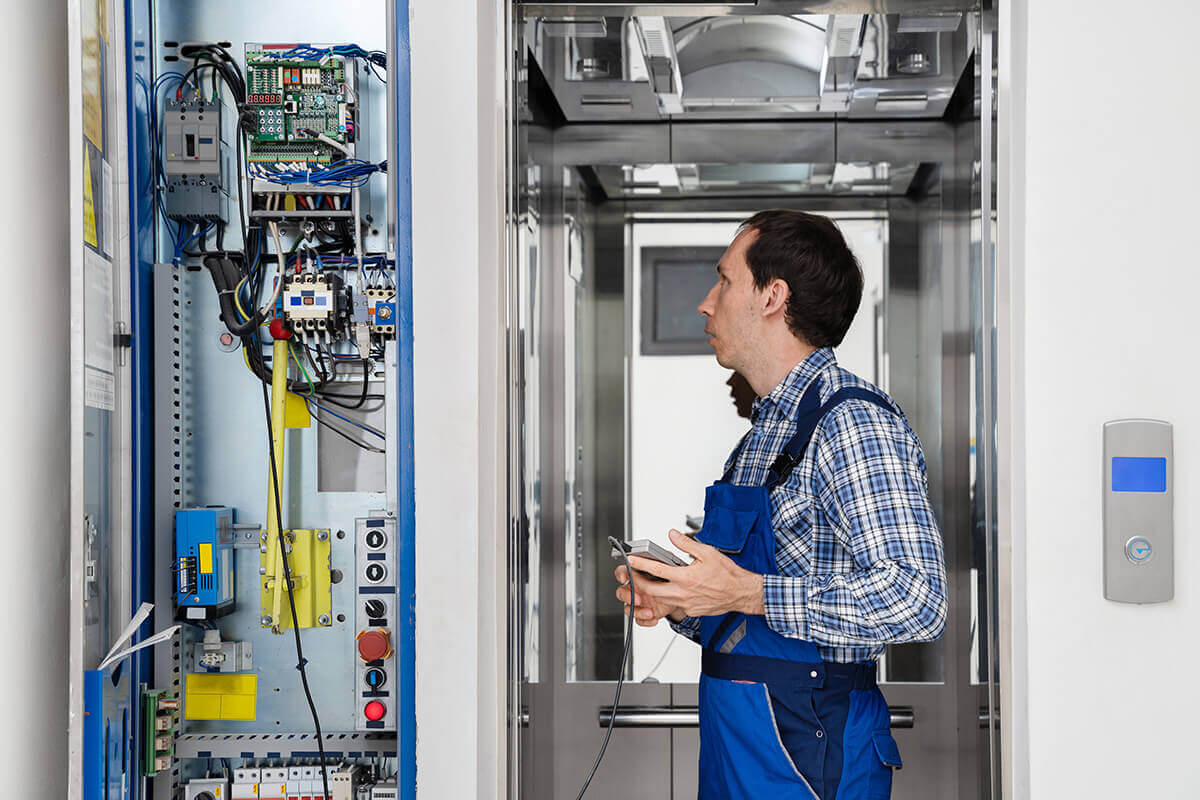Disabled Platform Lift Solutions-- Enhancing Availability with Reliable Lifts
Disabled Platform Lift Solutions-- Enhancing Availability with Reliable Lifts
Blog Article
Repairing Tips for Common Issues With Handicapped Platform Lifts
When it comes to making sure the smooth operation of impaired platform lifts, running into typical issues can interrupt the capability and accessibility they offer. Allow's discover some sensible pointers to attend to these common issues and ensure the appropriate performance of impaired platform lifts.
Power Supply Issues
When running into power supply issues with handicapped system lifts, the primary step is to systematically examine and troubleshoot potential resources of power interruption. Begin by examining the power source to guarantee it is firmly attached and working appropriately. Validate that the power outlet is functional by examining it with another device. If the source of power is confirmed to be working, proceed to inspect the power cable for any type of indicators of damage or wear that can be triggering an interruption in the power supply.

Control Panel Problems
Control board breakdowns on impaired platform lifts can dramatically hinder their functional effectiveness and posture security risks to customers. The control board acts as the main interface for running the lift, enabling users to start movement, control speed, and take care of stops at various levels. When the control board experiences concerns such as unresponsive switches, irregular habits, or display screen malfunctions, it can interfere with the entire lift operation.
One usual problem with control board is electrical mistakes, which might result from electrical wiring issues, power surges, or part damage. These mistakes can create the control panel to breakdown or come to be unresponsive, making it tough for customers to operate the lift safely. In addition, environmental elements like wetness or severe temperature levels can also influence the control board's efficiency, causing possible failings.
To deal with control panel issues properly, routine maintenance checks and assessments are necessary. Frequently cleansing the control board, inspecting electrical wiring connections, and making sure appropriate calibration can aid prevent malfunctions and guarantee the lift operates smoothly. In situations of consistent problems, getting in touch with a certified technician for repair work or replacements is recommended to maintain the lift's functionality and security for individuals.

System Stuck or Jammed
In circumstances where the disabled platform lift experiences a system stuck or obstructed, immediate interest and correct troubleshooting are important to make sure the lift's check my site functionality and individual safety and security. When experiencing a system that is stuck or obstructed, the first step is to quit any ongoing operation of the lift to stop more damage or safety dangers.
In such instances, it is recommended to contact a certified technician or the lift producer for professional assistance in dealing with the issue. Motivate and correct resolution of a stuck or obstructed platform is necessary to maintain the lift's functional efficiency and guarantee user safety.
Safety Sensor Malfunctions
A crucial part of handicapped system lifts, security sensors play an important function in ensuring user protection and lift operation. If troubleshooting the sensing units does not resolve the problem, seek advice from a qualified specialist to perform a complete examination and fixing to keep the lift's safety and security and capability. Normal upkeep and timely resolution of security sensor malfunctions are essential for the safe procedure of disabled platform lifts.
Uncommon Sounds or Motions
When operating a handicapped platform lift, listening to any uncommon sounds or motions is essential for determining potential problems that may affect its performance and safety and security. Uncommon sounds, such as grinding, shrilling, or clunking noises, could Website indicate problems with the lift's mechanical parts, such as damaged gears, loosened bolts, or damaged bearings. These concerns, if left unaddressed, might bring about breakdowns or even complete breakdown of the lift.
In a similar way, unusual movements of the system, such as jerking, drinking, or unanticipated stops, should not be overlooked (lift modernization). These motions could be an indication of electrical problems, hydraulic system problems, or irregularities in the lift's programming. Immediately checking out and addressing these unusual activities can protect against accidents and make sure the ongoing safe procedure of the platform lift
In case of experiencing unusual sounds or movements, it is suggested Visit Website to stop making use of the lift promptly and call a qualified service technician for inspection and repair services. Regular maintenance and prompt troubleshooting of any kind of uncommon indications can aid prolong the life expectancy of the impaired platform lift and make sure the safety and security of its users.
Conclusion
In verdict, troubleshooting typical problems with handicapped platform lifts calls for identifying and resolving power supply problems, control board concerns, system jams, safety sensor malfunctions, and uncommon sounds or activities. By following proper maintenance and fixing treatments, users can make sure the secure and reliable operation of platform lifts for individuals with impairments.
Report this page